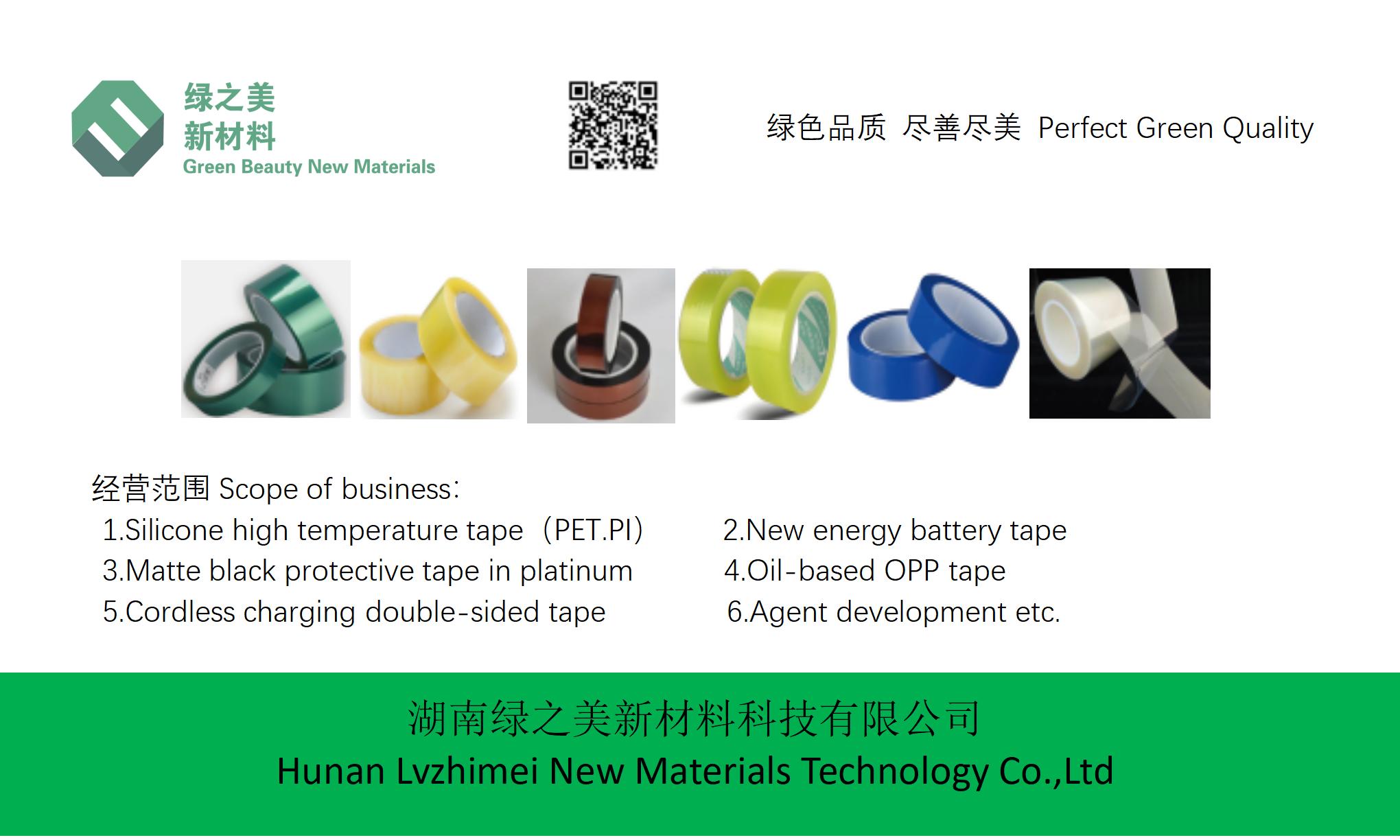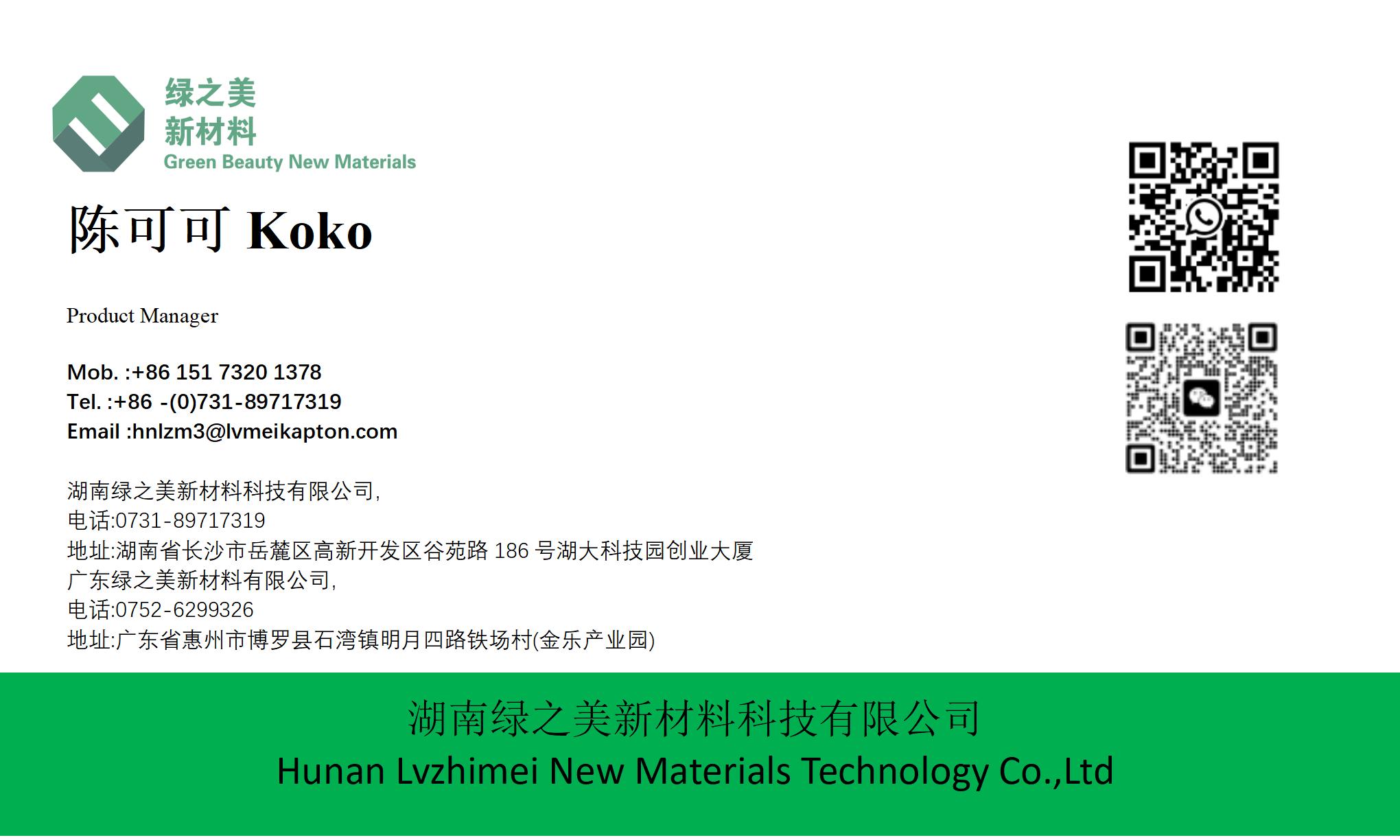



Why Does Gold Finger Electronics Polyimide Tape Kapton Outperform Adhesive PET Material High Temperature Tape in 5G Antennas? |https://www.lvmeikapton.com/
1. Understanding 5G Antenna Requirements
b. Miniaturization: Smaller antennas require flexible substrates capable of withstanding repeated bending without performance degradation.
c. Thermal Management: Higher transmit power and denser component integration generate heat, demanding materials with high thermal resistance.
d. Environmental Durability: Outdoor deployments expose antennas to extreme temperatures, moisture, and UV radiation, requiring robust protection.
2. Key Performance Comparison: Kapton vs PET
2.1. Thermal Stability
Kapton (polyimide) exhibits exceptional thermal resistance, maintaining stability up to 400°C (short-term) and continuous operation at 260°C.
Its glass transition temperature (Tg) exceeds 350°C, ensuring dimensional stability even at elevated temperatures.
Minimal thermal expansion coefficient (CTE ≈ 10-20 ppm/°C) prevents warping or delamination during thermal cycling.
PET operates effectively up to 130°C, but performance degrades beyond this threshold.
Its Tg is around 80°C, limiting use in high-temperature environments.
Higher CTE (≈ 70 ppm/°C) leads to dimensional changes under thermal stress, compromising antenna precision.
| Material | Continuous Use Temp. | Tg (°C) | CTE (ppm/°C) |
|---|---|---|---|
| Kapton | 260°C | >350 | 10-20 |
| PET | 130°C | 80 | 70 |
2.2. Dielectric Properties
Low dielectric constant (Dk ≈ 3.4 @ 10 GHz) and dissipation factor (tan δ ≈ 0.002), minimizing signal loss.
Consistent dielectric performance across a wide frequency range (DC to 110 GHz).
Low moisture absorption (<0.5%) prevents dielectric property degradation in humid environments.
Higher Dk (≈ 3.8 @ 10 GHz) and tan δ (≈ 0.003-0.005), resulting in increased signal attenuation.
Dielectric properties degrade with frequency, limiting suitability for mmWave applications.
Moisture absorption (≈ 0.6%) compromises long-term reliability.
| Material | Dk @ 10 GHz | tan δ @ 10 GHz | Moisture Absorption (%) |
|---|---|---|---|
| Kapton | 3.4 | 0.002 | <0.5 |
| PET | 3.8 | 0.003-0.005 | ≈0.6 |
2.3. Mechanical Strength and Flexibility
Ultra-high tensile strength (≥200 MPa) and elongation at break (≥50%), offering excellent mechanical robustness.
Exceptional flexibility allows reliable operation in dynamic environments (e.g., foldable devices).
Resistant to chemical corrosion and UV radiation.
Moderate tensile strength (≈ 100 MPa) and lower elongation (≈ 30%), prone to cracking under repetitive stress.
Limited flexibility makes it unsuitable for applications requiring frequent bending.
| Material | Tensile Strength (MPa) | Elongation at Break (%) | Flexibility |
|---|---|---|---|
| Kapton | ≥200 | ≥50 | Excellent |
| PET | ≈100 | ≈30 | Moderate |
2.4. Manufacturing Considerations
Laser Direct Structuring (LDS) Compatibility: Kapton’s superior thermal stability enables LDS processing, allowing precise antenna patterning.
Dimensional Stability During SMT: Kapton’s low CTE ensures consistent trace geometry during surface mount reflow processes.
Long-term Reliability: Kapton’s resistance to thermal aging and environmental degradation reduces field failure rates.
3. Technical Advantages of Kapton in 5G Antennas
3.1. Low Signal Loss at High Frequencies
3.2. Enhanced Thermal Management
3.3. Flexibility for Miniaturization
3.4. Environmental Resistance
4. Practical Use Cases and Industry Adoption
4.2. mmWave Antenna Arrays: Leading telecom equipment manufacturers (e.g., Huawei, Ericsson) utilize Kapton-based substrates for high-performance phased array antennas.
4.3. Automotive Radar Systems: Kapton’s durability and high-temperature resistance make it suitable for advanced driver assistance systems (ADAS) operating at 77 GHz.
5. Challenges and Future Trends
Modified Polyimide (MPI): MPI offers improved thermal stability over traditional PI but falls short of Kapton’s performance.
Thermally Conductive PET: Enhanced PET formulations with improved thermal resistance are emerging but remain limited to lower-frequency bands.
Hybrid Materials: Combining Kapton’s dielectric properties with metal layers (e.g., copper-clad Kapton) further boosts thermal conductivity.
Conclusion
Superior thermal stability enabling reliable operation at high temperatures.
Exceptional dielectric properties minimizing signal loss at mmWave frequencies.
Mechanical robustness ensuring durability in flexible and miniaturized designs.
Environmental resistance maintaining performance in harsh conditions.






